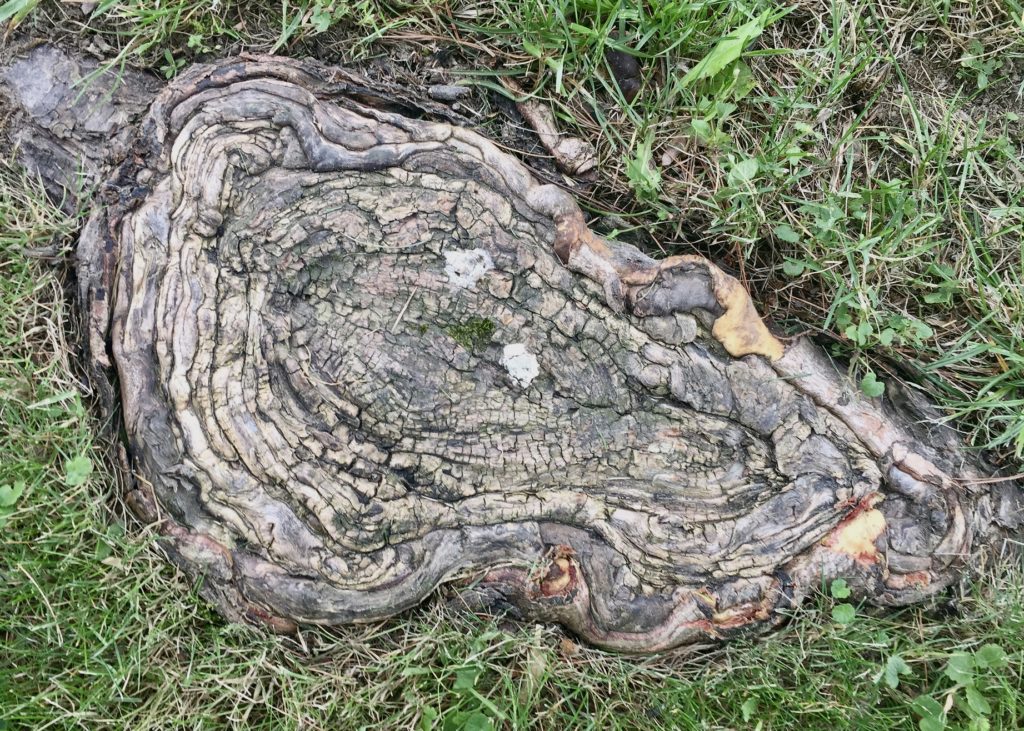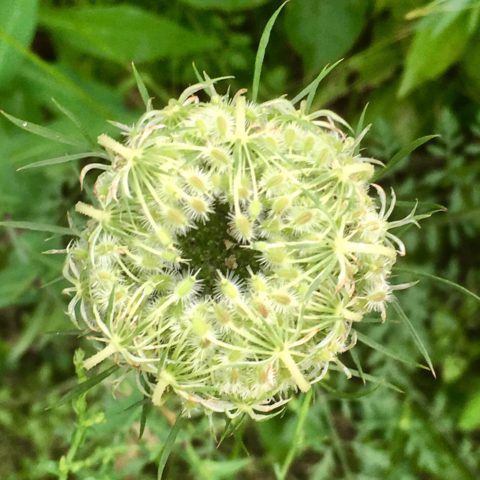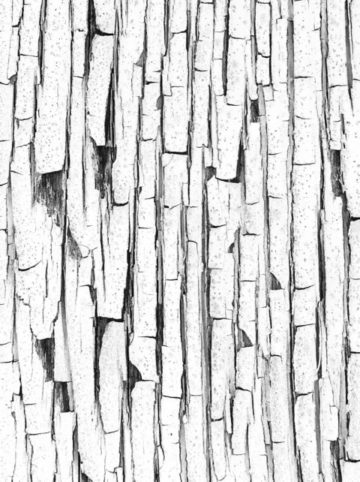
“One should not only photograph things for what they are but for what else they are.” – Minor White
Minor White (1908-1976) is arguably one of the most influential photographers of the 20th century and there is much written about him. I even wrote a post about him for my contemplative photographer series back in 2014. Recently, I read the book, Rites and Passages(paid link), which gives considerable insight into White’s personal life and his work as a photographer, editor, and teacher. Over the next few posts, I’ll share some of the reasons why I find him a kindred spirit. The first one has to do with the way he used abstract photography as a form of expression.

“Abstractions of nature have not left the world of appearances; for to do so is to break the camera’s strongest point – it’s authenticity.” ~ Minor White
The Zone System
Early in his photographic career, White worked with Ansel Adams at the California School of Fine Arts, where he learned the zone system. Zones are levels of light and dark tones and understanding these levels helped a photographer expose correctly.
“Unlike Adams, who mainly photographed landscapes, White turned his highly refined craft to the art of the abstract. The Zone System’s manipulations are applied forcefully to drastically translate image tones into the unreal. We see images of frost, moss, eroded rock, and driftwood employed as abstract elements of shape, line and color rather than subject matter. We wonder just what we are seeing, and how the image was created. White used these abstractions, filled with shapes, lines, and rhythms — “gestures” if you will — as a tool of expression. White was a deeply religious man, and his pictures often seem mystical, even spiritual.” ~ Bill Coderre, Dreams with a Memory, Minor White Remembered
“The photographs in Rites and Passages have a visual harmony. Curves and shapes reappear in different pictures, suggesting equivalences: mud and muscle, driftwood and hair, ropes and garden hoses and cracked glass and chalk lines on street pavement. In individual photographs, we see the objects photographed not as the subjects of the pictures, but as elements of shape: frost on a windowpane as “Empty Head;” a splotch of light as “Windowsill Daydream.” It is often difficult to recognize the object depicted, aiding an appreciation of its abstract form: note “Metal Ornament,” “Burned Mirror,” and “Moencopi Strata.” The viewer becomes aware of a feeling, a sensation, a mood, not an object, which is what White was after.” ~ Bill Coderre, Dreams with a Memory, Minor White Remembered

Peeling by Kim Manley Ort
Like Adams, White discovered that the zone system could be used as a form of expression with many types of subject matter.Here’s a link to abstract images by Minor White.
Photographs as Equivalents
White was a firm believer that the photograph mirrors the photographer in some way. His quote above succinctly describes how this works. A photograph is more than the subject being photographed, more than the label we put on it. So, photograph what else it is.
1. The photograph can mirror in some way the inner state of the photographer. It can suggest an emotion.
2. The photograph can show the ‘spirit’ of the subject, it’s invisible energy or the way it is connected to everything else, including the photographer.
3. The photograph can be a symbol or metaphor for a universal idea.
This year, I’ve been drawn to photograph embedded tree stumps. They could be roots that have become visible or the remains of a majestic tree. Either way, their womb-like shapes appeal to me. I call them ‘stumps with personality,’ as each one is complex and unique.
I’m not exactly sure why I’m photographing these stumps, but when this happens I follow my instincts. I write about the images as a way of getting curious. Maybe they are a symbol of birth, that something new is generating within me. Or, possibly they are a subject that is often overlooked and I see their beauty. I want others to see what I see. White’s quest was similar. He sought to merge the sacred and the profane. Whatever the reason, I’m open to learning more, following White’s dictum to “let the subject generate its own photograph.”
Please consider joining me and others for an exploration of abstract photography in September. You’ll learn how this genre can be a powerful form of expression.
Going Abstract begins September 6th. Registration is now open.